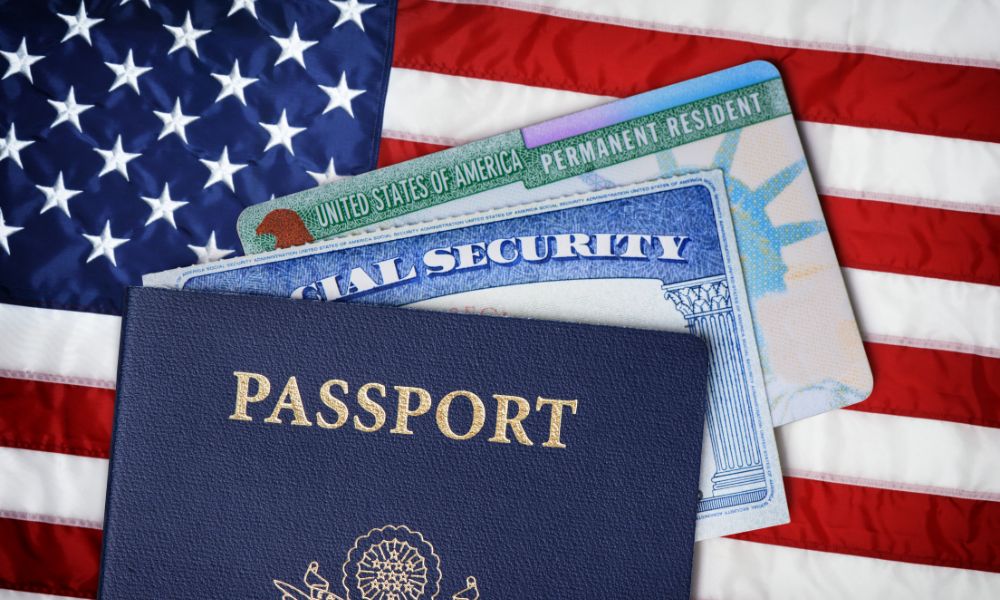
For many foreign nationals, the opportunity to adjust their status to that of a legal permanent resident in the United States is a pivotal moment. Known as the adjustment of status (AOS) process, this pathway provides an avenue for certain categories of visa holders to pursue a green card without having to leave the country. Let’s explore exactly what happens during the adjustment of status process.
The Basics of Adjustment of Status
When a non-immigrant, such as a temporary worker or student, wishes to change their status to that of a legal permanent resident, they must file an AOS application. This legal process, governed by US Citizenship and Immigration Services (USCIS), essentially adjusts the individual’s visa status to that of a green card holder within the US.
The AOS process is complex, involving detailed paperwork, legal requirements, and oftentimes, emotional investment. It’s crucial for applicants to understand each facet of the process to maximize their chances of success.
Initial Eligibility and Visa Categories
Eligibility for AOS hinges on various factors, particularly the nature of an individual’s current non-immigrant visa. Different visas have different requirements. Certain categories, such as those married to US citizens, may have more straightforward pathways to AOS than others, like those in the employment-based visa category.
The Step-by-Step Process
Form selection is the initial step. Generally, Form I-485, Application to Register Permanent Residence or Adjust Status, is the primary form used for AOS. However, some cases may require additional forms, such as I-130 for family-based applications or I-140 for employment-based applications.
After selecting the correct form, applicants must gather supporting documentation. This includes personal identification, evidence of financial support, medical examinations, and more.
Once you secure all documents, the next step is to file the petition with USCIS. This involves paying the requisite fees, mailing the application, and waiting for a receipt notice.
Upon successful submission, applicants must complete a biometrics appointment. This involves providing fingerprints, photos, and signature verification.
For many, the final step in the AOS process is an interview. This in-person meeting with a USCIS officer determines the applicant’s eligibility and intent to remain in the US.
Timeline and Processing Information
The processing time for an AOS application can vary widely, from several months to years. Factors such as visa category, backlog, and the completeness of the application can influence these wait times. It’s important for applicants to be patient and diligently monitor their case’s progress.
The Final Steps
Once the AOS application is approved, the applicant becomes a legal permanent resident of the United States. They are issued a green card and are eligible to live and work in the US indefinitely, with certain conditions.
Understanding what happens during the adjustment of status process is critical for anyone with aspirations to live permanently in the US. Successful AOS applications can provide a sense of stability and opportunity in a new home.
Navigating the complexities of this process can be daunting, but with the right information and legal guidance, visa holders can work toward securing a permanent place in the US tapestry. Looking for a trustworthy fiancé visa lawyer in New Orleans? Gahagan Law Firm works quickly to process your marriage visa or fiancé visa. Contact us today to learn more.
